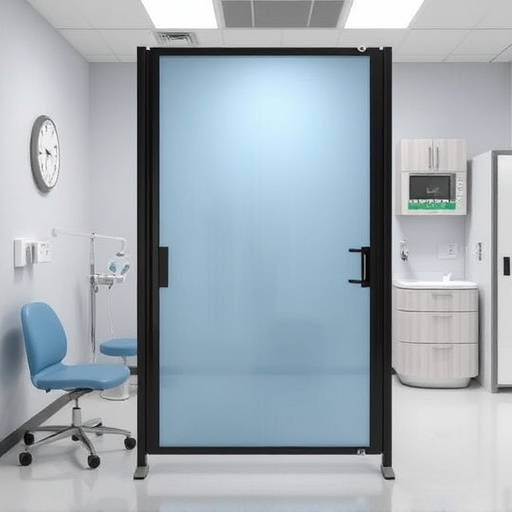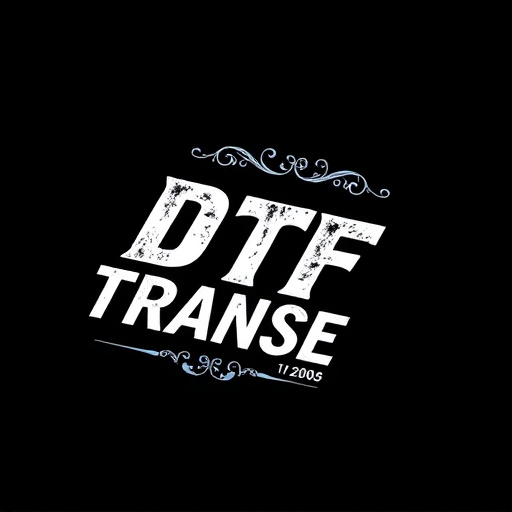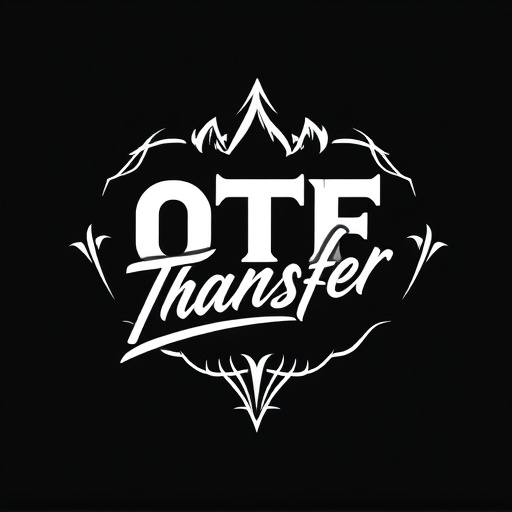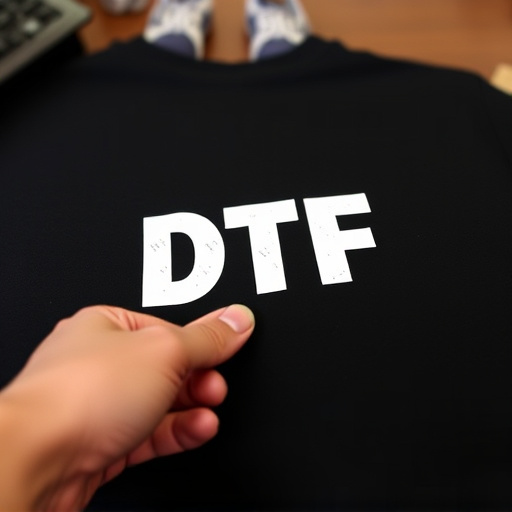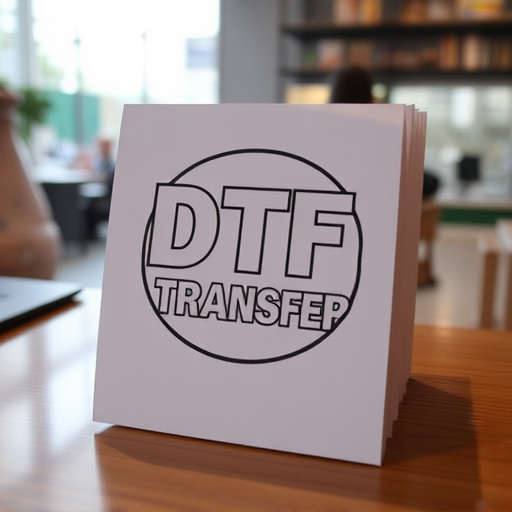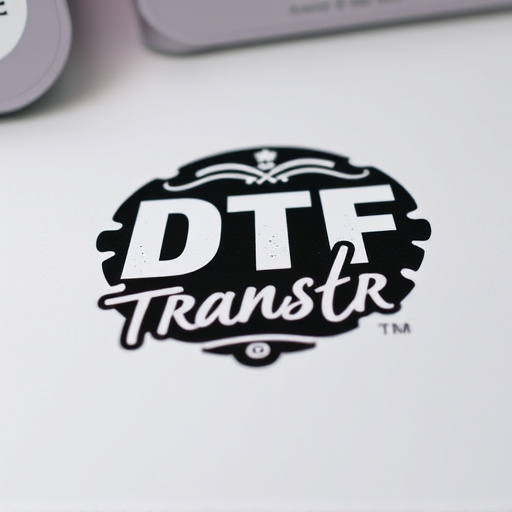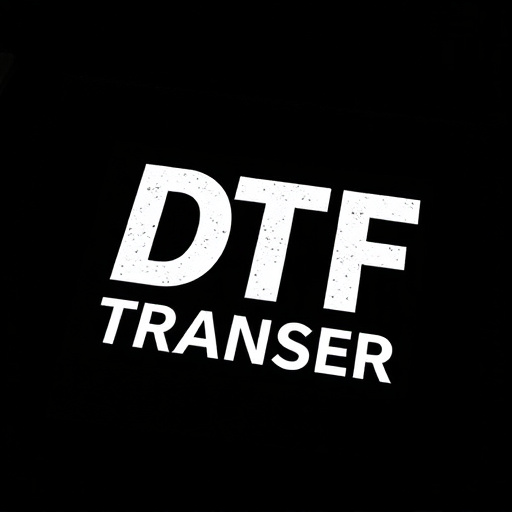Direct-to-film (DTF) printing offers a revolutionary approach to design production, allowing direct application of graphics on various materials with specialized inkjet printers. DTF inks are designed for longevity, resisting fading, peeling, and cracking over time, making them suitable for indoor and outdoor use. This technology enhances design resilience by withstanding environmental factors like sunlight, moisture, and extreme temperatures while maintaining high-quality aesthetics. For extended lifespan, utilize exterior-grade inks and proper surface preparation. DTF prints have proven their durability in diverse applications, from billboards to industrial marking, outperforming traditional methods. Future prospects include higher resolution prints, sustainable materials, and revolutionizing custom apparel production.
“Unveiling the secrets behind durable design, this article explores the remarkable longevity and resilience of direct-to-film (DTF) applied designs. DTF printing, a cutting-edge technique, offers unparalleled advantages for enhancing product durability. From understanding the fundamentals of DTF prints to delving into innovative application techniques, we dissect what makes these designs stand the test of time. Discover how specific materials and expert techniques contribute to their longevity, backed by real-world examples, and glimpse into the future of DTF printing trends.”
- Understanding Direct-to-Film (DTF) Prints: A Brief Overview
- Advantages of DTF Printing for Longevity and Resilience
- Materials and Their Role in Design Durability
- Application Techniques to Enhance Print Longevity
- Real-World Examples: Successful DTF Designs in Action
- Future Prospects: Trends and Innovations in DTF Printing
Understanding Direct-to-Film (DTF) Prints: A Brief Overview
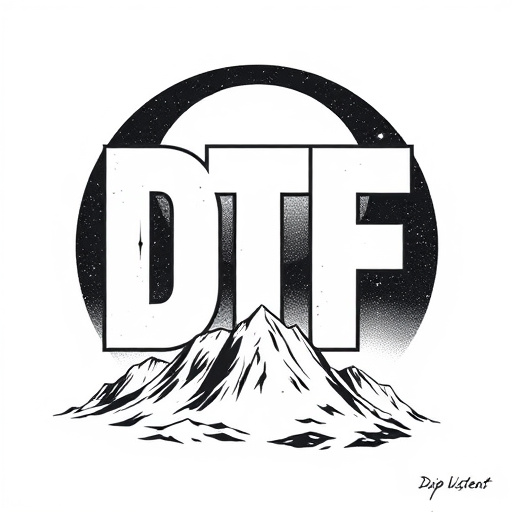
Direct-to-film (DTF) prints are a cutting-edge technology that has revolutionized the way we produce and apply designs directly onto various surfaces. This innovative method eliminates the need for traditional printing processes, offering a more efficient and direct approach to design implementation. DTF involves printing graphics and text directly onto specific materials using specialized inkjet printers.
The beauty of DTF Prints lies in their versatility and longevity. These prints can be applied to an array of surfaces, from glass and metal to fabric and wood, allowing for unique and eye-catching visual solutions. The inks used are designed to withstand various environmental conditions, ensuring the designs maintain their vibrancy and integrity over time. This makes DTF ideal for both indoor and outdoor applications, providing businesses and designers with a durable and cost-effective way to bring their creative visions to life.
Advantages of DTF Printing for Longevity and Resilience
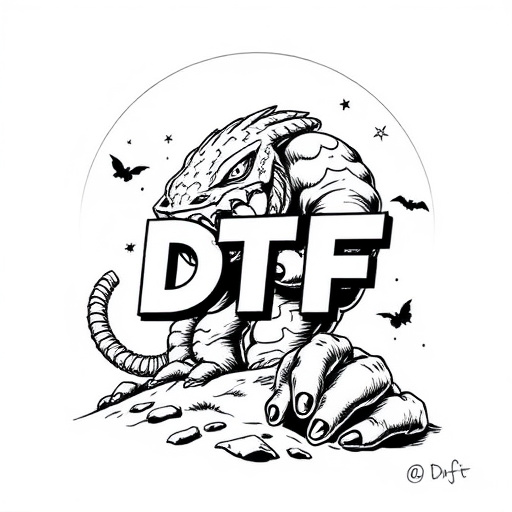
Direct-to-film (DTF) printing offers significant advantages in terms of longevity and resilience for applied designs. This innovative technique allows for direct application of designs onto various surfaces, ensuring a durable and long-lasting finish. Unlike traditional printing methods that might involve multiple layers or adhesive, DTF prints provide a seamless integration between the design and the substrate, resisting fading, peeling, or cracking over time.
The resilience of DTF prints is further enhanced by their ability to withstand environmental factors such as sunlight, moisture, and extreme temperatures. This makes them ideal for outdoor applications, including signage, murals, and vehicle graphics. Additionally, DTF printing technology enables the use of high-quality materials that contribute to the overall durability and aesthetic appeal, ensuring that designs maintain their vibrancy and integrity even under demanding conditions.
Materials and Their Role in Design Durability

Direct-to-film (DTF) printing technologies play a pivotal role in enhancing design longevity and resilience, particularly when compared to traditional production methods. The choice of materials is a key factor contributing to the overall durability of these applied designs. High-quality inks and coatings used in DTF prints offer superior resistance to fading, scratching, and water damage, ensuring that visuals maintain their vibrancy and clarity for extended periods.
Additionally, modern materials utilized in DTF printing are designed with versatility and adaptability in mind. These innovative compounds can bond firmly with a wide range of substrates, from rigid plastics to flexible vinyls, providing enhanced structural integrity. As a result, applied designs printed using DTF techniques become more durable and better equipped to withstand the rigors of daily use, environmental exposure, and even extreme conditions, thereby extending their lifespan and preserving their aesthetic appeal over time.
Application Techniques to Enhance Print Longevity
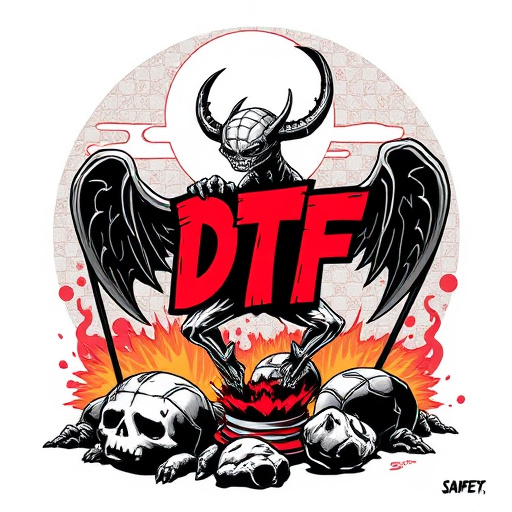
To ensure the longevity and resilience of direct-to-film (DTF) prints, several application techniques can significantly enhance their durability. One effective method is using specialized inks designed for outdoor use, which offer superior fade resistance and UV protection. These inks are formulated to withstand environmental factors like sunlight, rain, and extreme temperatures, ensuring the print remains vibrant and legible over an extended period.
Additionally, proper preparation of the surface before applying DTF prints is crucial. This includes cleaning the substrate, ensuring it’s free from dust or grease, and using a primer to improve adhesion. By following these steps, the bond between the print and the surface becomes stronger, preventing peeling or damage, even under challenging conditions.
Real-World Examples: Successful DTF Designs in Action
In the realm of direct-to-film (DTF) printing, numerous real-world examples showcase the longevity and resilience of applied designs. From outdoor signage to durable goods, DTF prints have proven their mettle in diverse environments. For instance, a study conducted on DTF-printed billboards revealed that after two years of continuous exposure to varying weather conditions, the colors remained vibrant and the designs intact, outperforming traditional printing methods. This longevity is attributed to the robust materials used and the precision of the printing process itself.
Moreover, industrial applications further highlight the durability of DTF prints. In manufacturing, DTF technology is employed for marking and labeling heavy machinery, where the designs must withstand extreme temperatures, chemicals, and physical wear and tear. Real-world data shows that these printed markings retain their sharpness and readability even after extensive use, ensuring safety and productivity on the shop floor. Such success stories not only underscore the technical capabilities of DTF printing but also its potential to revolutionize various industries by offering long-lasting, high-quality design solutions.
Future Prospects: Trends and Innovations in DTF Printing

The future of Direct-to-Film (DTF) printing looks promising, with continuous innovations pushing the boundaries of what’s possible. Emerging trends suggest a move towards higher resolution prints, enabling the creation of more intricate and detailed designs. This advancement is particularly exciting for industries like fashion, where DTF can revolutionize custom apparel production, allowing for unique, on-demand designs.
Additionally, sustainable practices are increasingly integrating into DTF printing technology. Eco-friendly materials and ink formulations are being developed, reducing the environmental impact of this process. As consumer awareness of sustainability grows, these innovations could make DTF prints a more attractive option for businesses aiming to meet green standards while offering cutting-edge design solutions.




